Sinking of the MV Wilhelm Gustlof
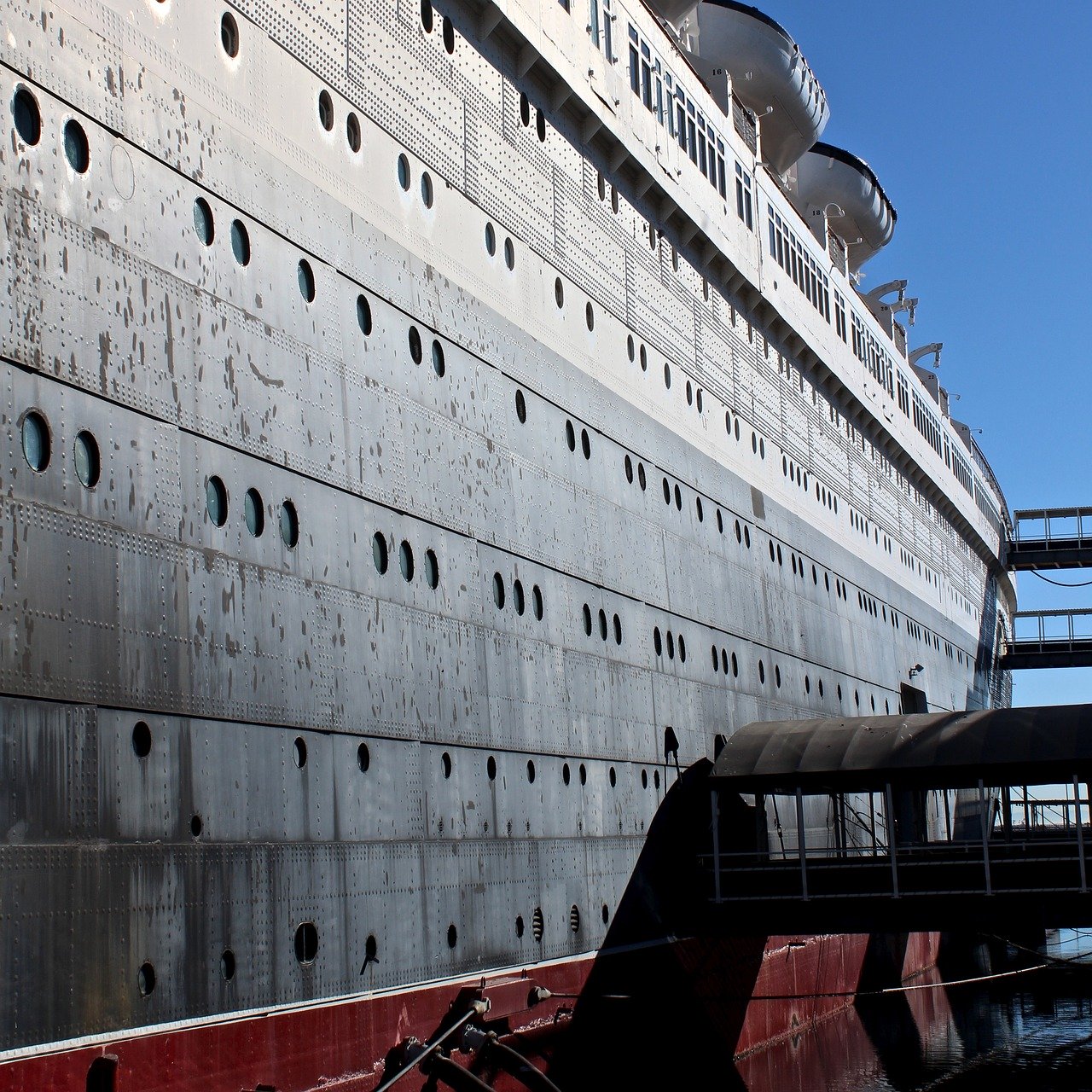
The sinking of the MV Wilhelm Gustlof, a German luxury liner packed with 10,582 that was meant to accommodate only about 1,900 people was torpedoed on 30 January, 1945 by Soviet submarine, S-13 in the Baltic Sea while evacuating civilians and military personnel from East Prussia and the German-occupied Baltic states from Gotenhafen (Gdynia) as the Red Army was advancing deep into its territory.
It was the greatest maritime disaster in a single ship sinking in history.
The people on board were escaping the besiege of East Prussia by the Red Army when it was torpedoed and sunk by the Soviet submarine S-13 under Captain Alexander Marinesko in the Baltic Sea during the closing stages of World War II.
Marinesko shadowed the ocean liner then, at 9 pm, fired four torpedoes with three striking its bow, stern, and amidship.
The death toll from its sinking numbered 9,343, far eclipsing those of the Titanic in 1912 which is the most famous naval disaster in peacetime history with a death toll of 1,517 and the Lusitania in 1915, the most famous in wartime with a death count of 1,197.
Most of the people on board the Wilhelm Gustlof were war refugees and children, desperate to escape before the final fall of the Nazi regime.
From the 10,582 on board the Wilhelm Gustlof, only 1,239 were registered as survivors - they were rescued by German naval vessels which included the torpedo boat T-36 and the minesweeper M-385, civilian vessels and fishing boats.
The aftermath of the sinking MV Wilhelm Gustlof saw hundreds of frozen bodies washed up along the Baltic shore while thousands more went down with the ship.
There were not enough lifeboats, and many of the those that did exist were frozen to the deck - only nine lifeboats could be lowered.
Construction
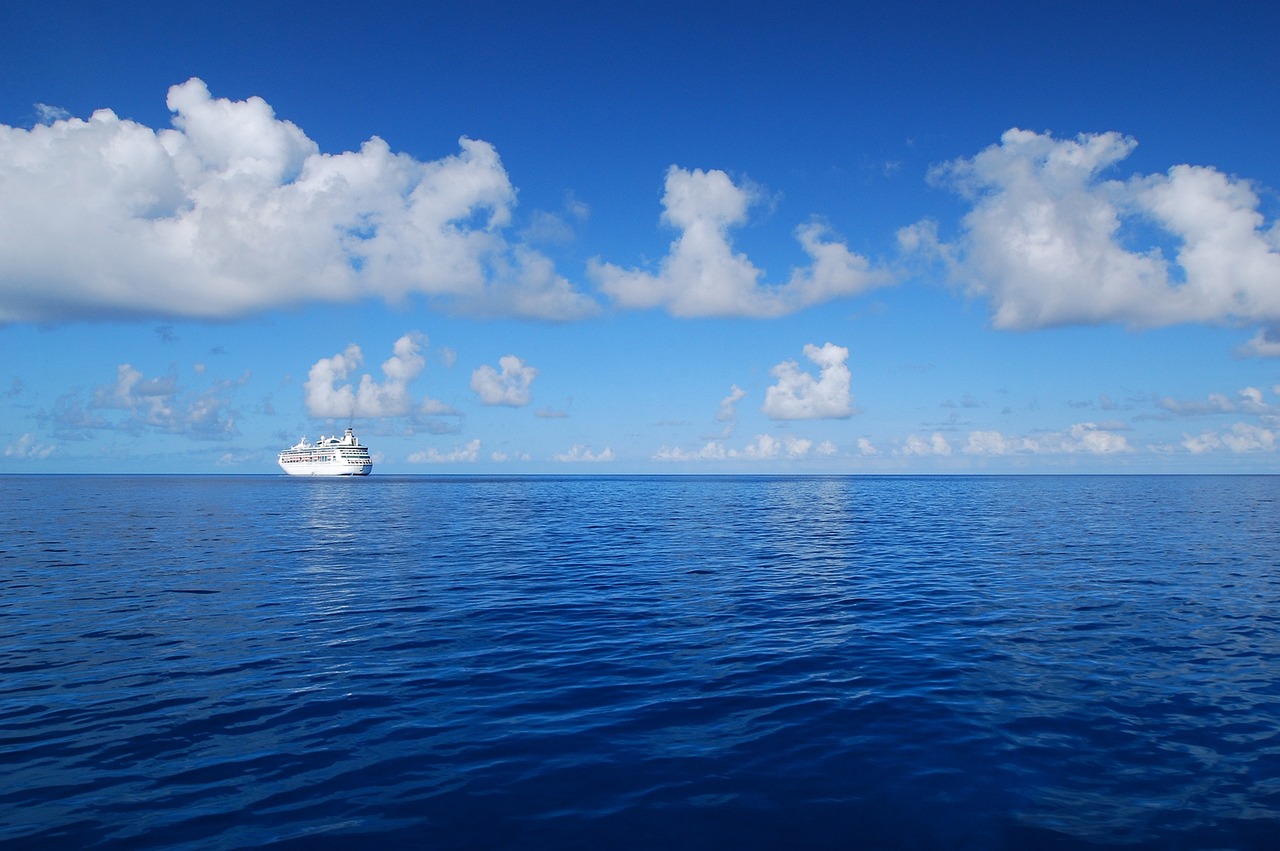
Sinking of the MV Wilhelm Gustlof
The MV Gustloff was originally built as a cruise ship for the German Labour Front’s Kraft durch Freude (“Strength Through Joy”) program in 1937 which subsidized leisure and cultural activities for German government functionaries and workers and to serve as a public relations program for the Third Reich.
The ocean liner was constructed by the Blohm & Voss shipyards in Hamburg and measured 684 feet (208.5 meters) in length by 77 ft 5 in (23.59 meters) wide, with a capacity of 25,484 gross register tons (GRT) and was launched on 5 May 1937 in the presence of Adolph Hitler.
The ship was to be named Adolf Hitler but instead was named after Wilhelm Gustloff (30 January 1895 – 4 February 1936), leader of the Nazi Party's Swiss branch who had been assassinated by a Jewish medical student on February 4, 1936 - Adolf Hitler decided on the name change after sitting next to Gustloff's widow during his memorial service.
Wilhelm Gustloff was the founder of the Swiss NSDAP/AO (the Nazi Party organization for German citizens living outside Germany) at Davos from 1932 until his death.
The Wilhelm Gustlof became the flagship of the KdF cruise fleet and after completing sea trials in the North Sea from 15 to 16 March 1938, it began its maiden voyage on March 24, 1938 with Austrian passengers in an attempt to convince them to vote for the annexation of Austria by Germany.
On 29 March the ship departed on her second voyage carrying workers and their families from the Blohm & Voss shipyard on a three-day cruise.
Within 17 months, the ocean liner completed around 50 cruises and transported 65,000 vacationers - its last civilian role was in the spring of 1939.
On September 1, 1939, the German Navy requisitioned the luxury liner as a hospital ship in the Baltic Sea and Norway and in 1940, assigned as a floating barracks for naval personnel in Gotenhafen before being put into service to transport evacuees from East Prussia in 1945.
Operation Hannibal
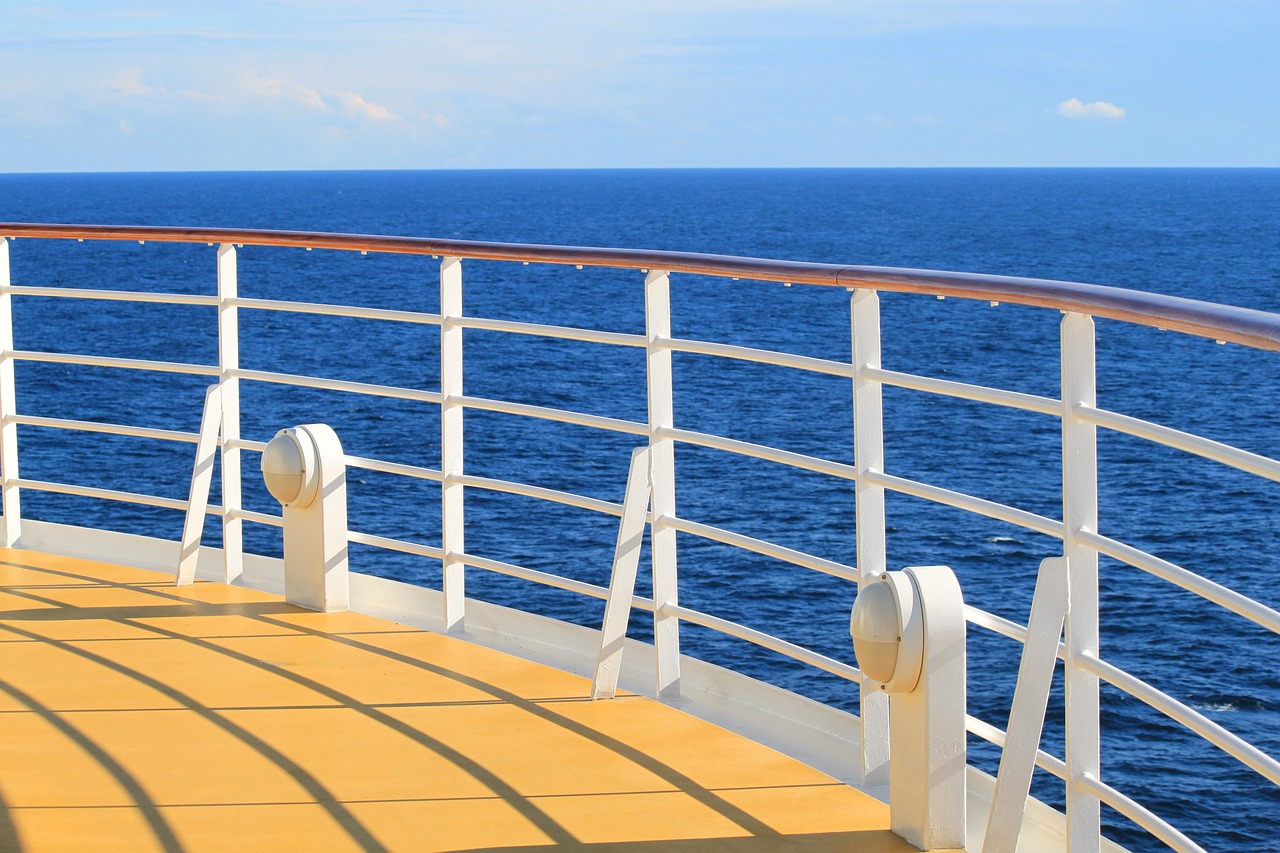
Sinking of the MV Wilhelm Gustlof
In 1940, East Prussia was home to 2.2 million Germans.
By the end of May 1945, that population had been reduced to 193,000 people.
German Grand Admiral Karl Dönitz ordered the planning and evacuation codenamed, Operation Hannibal, from ports outside the Soviet areas of operations on January 21, 1945 to save civilians living in East Prussia and the remains of the German army, pushed by the Russians to the shores of the Gulf of Gdansk in Poland.
The overwhelming flood of military personnel and civilians turned Operation Hannibal into one of the largest evacuations by sea in history from the ports of East Prussia.
It was much larger than the British evacuation of Dunkirk (Operation Dynamo) between 26 May and 4 June 1940 which involved the rescue of more than 338,000 British and French soldiers from the French port - this evacuation is sometimes referred to as the Miracle of Dunkirk.
The Wilhelm Gustlof was overcrowded with ethnic Germans and included Lithuanians, Latvians, Poles, Estonians, and Croatians - many of these passengers defied orders not to remove their life jackets.
Because the ship had been fitted with anti-aircraft guns and was also transporting military personnel it did not have any protection as a hospital ship under international accords which made it vulnerable to attack.
Sinking of the MV Wilhelm Gustlof
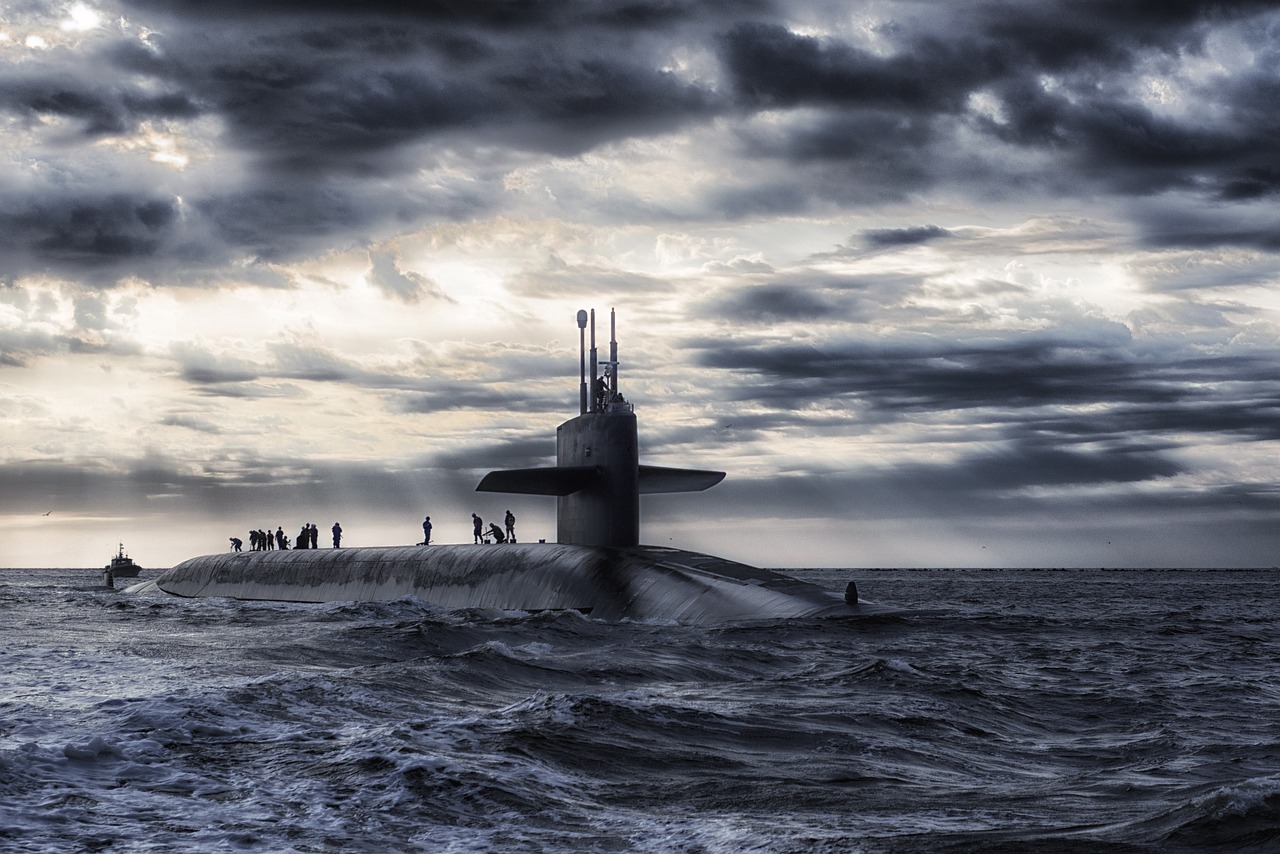
Sinking of the MV Wilhelm Gustlof
Soviets
As 1945 approached, it was clear that the advantage in World War II was with the Allies and by this point it was inevitable that the Third Reich would succumb within months.
The Soviets cut off East Prussia from Germany and other safe havens between January 21 and February 10, 1945.
Stories of rape and murder by Soviet forces created fear which forced many to abandon their homes to seek an escape from the advancing Red Army.
They converged on the port city of Gotenhafen (now Gdynia, Poland), where the Wilhelm Gustloff was docked.
The MV Wilhelm Gustlof had four captains on board (the ship's captain, two merchant marine captains, and the captain of a U-boat).
They cast off from Gotenhafen at 12:30 pm on 30 January 1945, accompanied by two torpedo boats and the passenger liner Hansa.
Hansa and one torpedo boat developed mechanical problems and could not continue that left the Wilhelm Gustloff with only the torpedo boat, Löwe.
The four captains disagreed on the best course of guarding against submarine attacks and ultimately chose to go against the advice of the military commander, Lieutenant Commander Wilhelm Zahn (a submariner who argued for a course in shallow waters close to the coastline and without lights).
The Wilhelm Gustlof's captain Petersen decided to head for deep water which was known to have been cleared of mines and to activate his ship's red and green navigation lights so as to avoid a collision in the dark which made the ship easy to spot in the dark.
All four captains on Wilhelm Gustloff survived the sinking and an official naval inquiry was initiated only against Lieutenant Commander Zahn - it was never resolved, however, because of Nazi Germany's collapse in 1945.
The MV Wilhelm Gustloff now is located at a depth of nearly 50 meters deep in the Baltic Sea, not far from the seaside town of Leba, Poland and is classified as a war grave since 1994.
Under Polish law, diving is strictly prohibited within a 500-meter radius of the site.
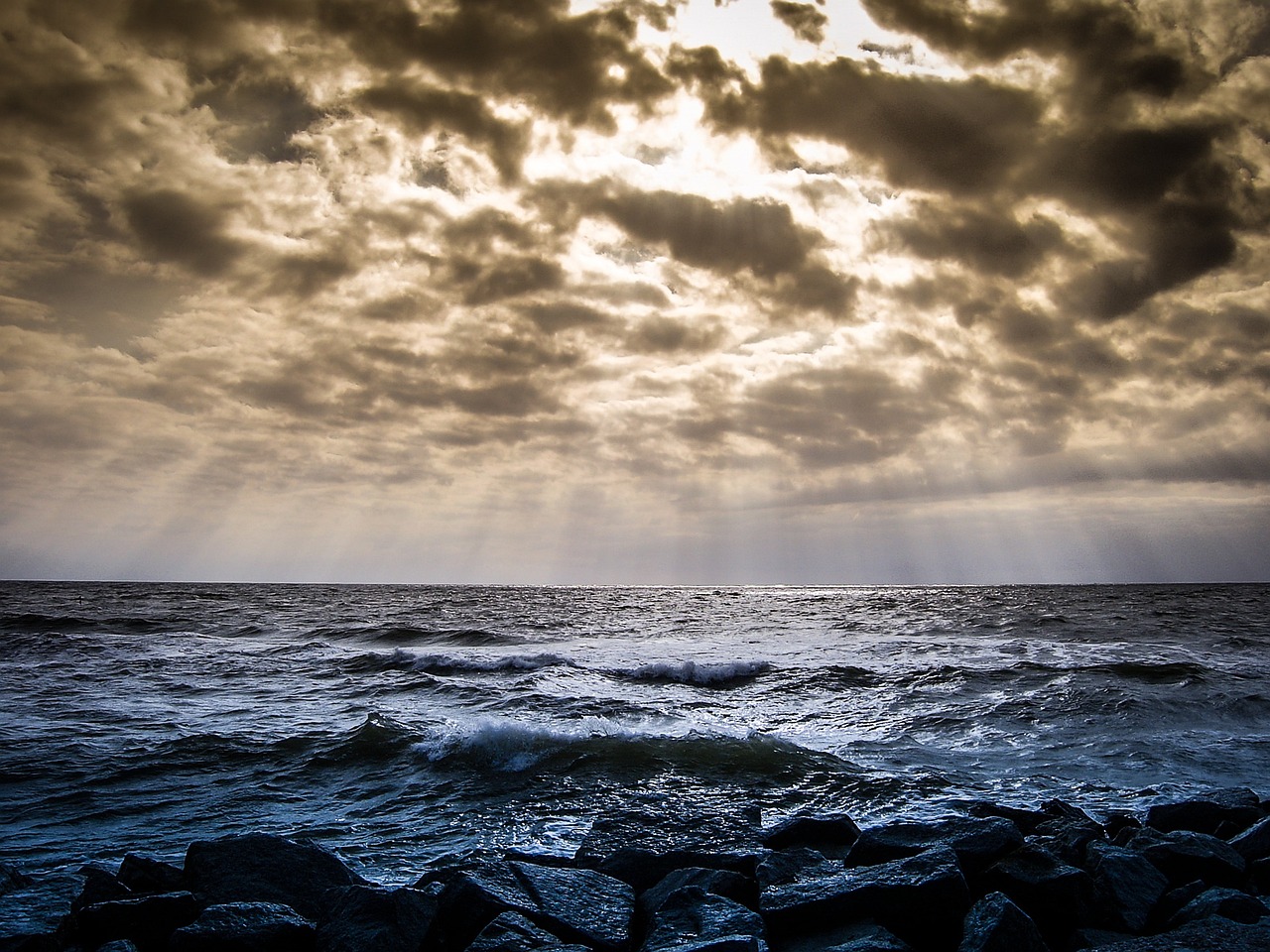
Evacuation and Partition of East Prussia
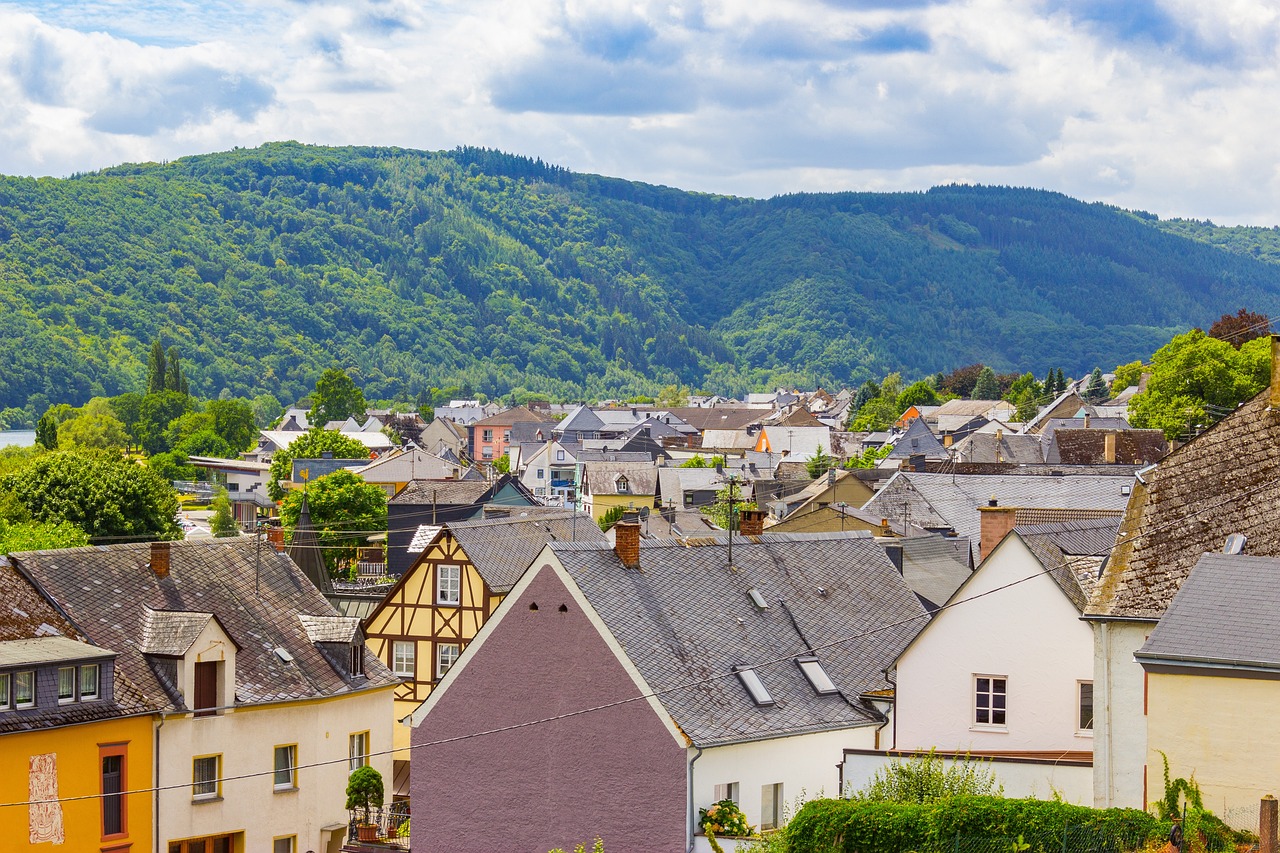
Sinking of the MV Wilhelm Gustlof
The evacuation of East Prussia of the German civilian population and military personnel between 21 January and March 1945 quickly turned into a chaotic flight from the Red Army - thousands died during the evacuation period.
Panic caused by the speed of the Soviet advance caused many refugees to flee on their own initiative because of reported Soviet atrocities against Germans in the areas under Soviet control.
And, as all able-bodied German men were serving in the military, the victims of Soviet atrocities were primarily old men, women, and children.
Following Germany's defeat in World War II in 1945, East Prussia was partitioned between Poland and the Soviet Union according to the Potsdam Conference (July 17 to August 2, 1945) that allowed the three leading Allies, the United States, Great Britain and Soviet Union to plan the post-war peace.
Since a peace conference never took place, East Prussia was effectively ceded by Germany.
Southern East Prussia was placed under Polish administration,
Northern East Prussia was divided between the Soviet republics of Russia (the Kaliningrad Oblast) and Lithuania (the constituent counties of the Klaipėda Region).
Königsberg
In 1944, the medieval city of Königsberg was almost completely destroyed by two RAF Bomber Command raids.
Winston Churchill had mistaken it to be "a modernized heavily defended fortress" and ordered its destruction.
Königsberg (German: 'King's mountain') a Baltic port city, was the historic German and Prussian name of the medieval city that was founded in 1255 on the site of the Old Prussian settlement, Twangste, by the Teutonic Knights during the Baltic Crusade and it became the capital of the State of the Teutonic Order, the Duchy of Prussia and the provinces of East Prussia and Prussia.
The medieval city of Königsberg was renamed Kaliningrad in 1946 by the Soviet Union - the Soviets wanted a large port with a population loyal to their communist regime.
Ezine Articles Author Link
Click on the Link Below

Newsletter Opt-in-Form
The Keen Traveler
Your second block of text...
Recent Articles
-
When all we Have is God
Dec 20, 25 04:21 AM
When all we have is God in times of loss hardship or loneliness God's Presence offers refuge, strength and a purpose for the future. -
Beauty of Christmas
Dec 11, 25 04:22 AM
The beauty of Christmas is the celebration of the real Christmas Story with the Birth of Jesus Christ, the Son of God, Who came to bring love, hope, and salvation to the world. -
Spiritual Treasures of Life
Nov 26, 25 04:44 AM
Spiritual treasures of life are internal riches that are more valuable and everlasting than material wealth.


